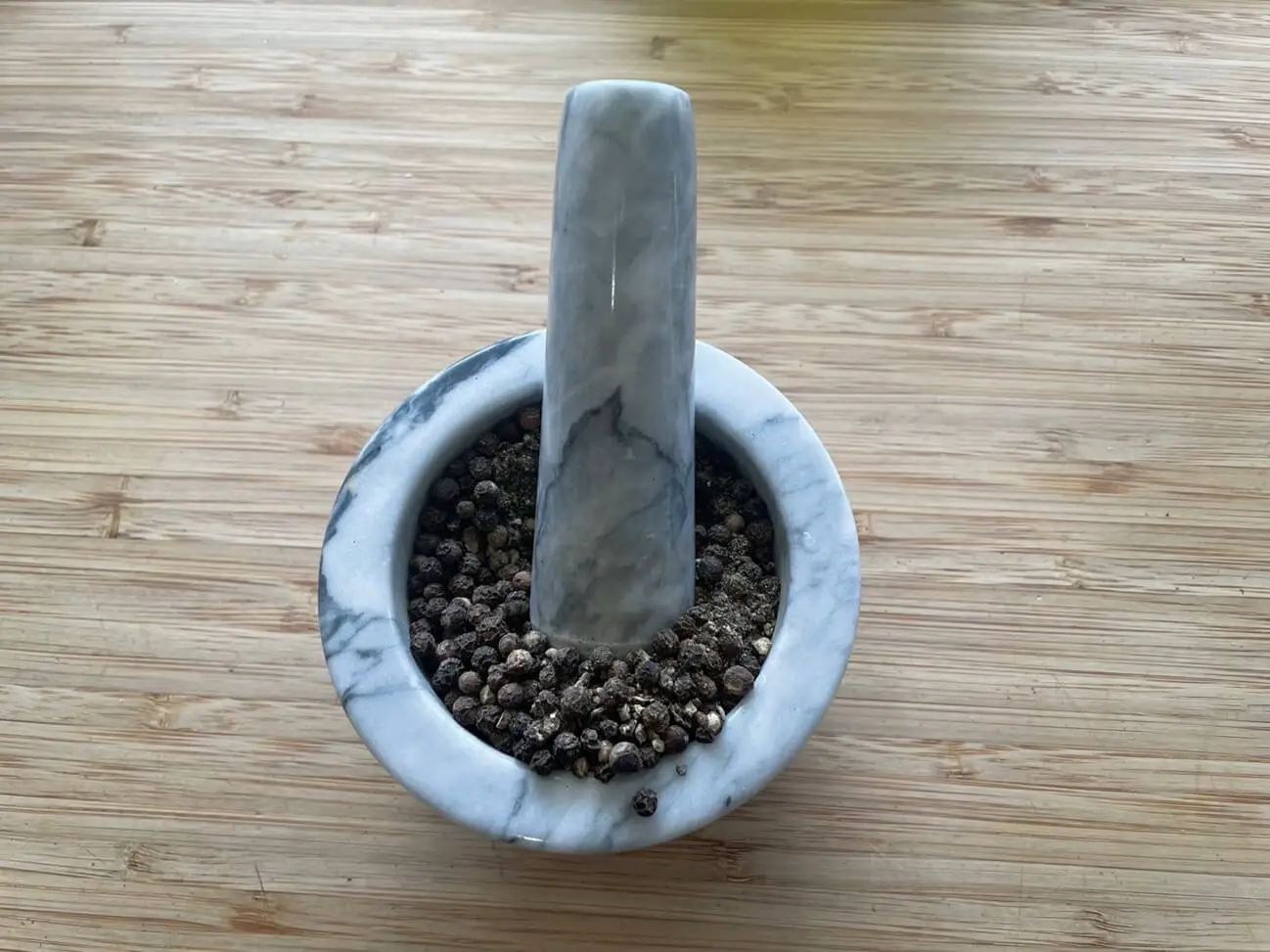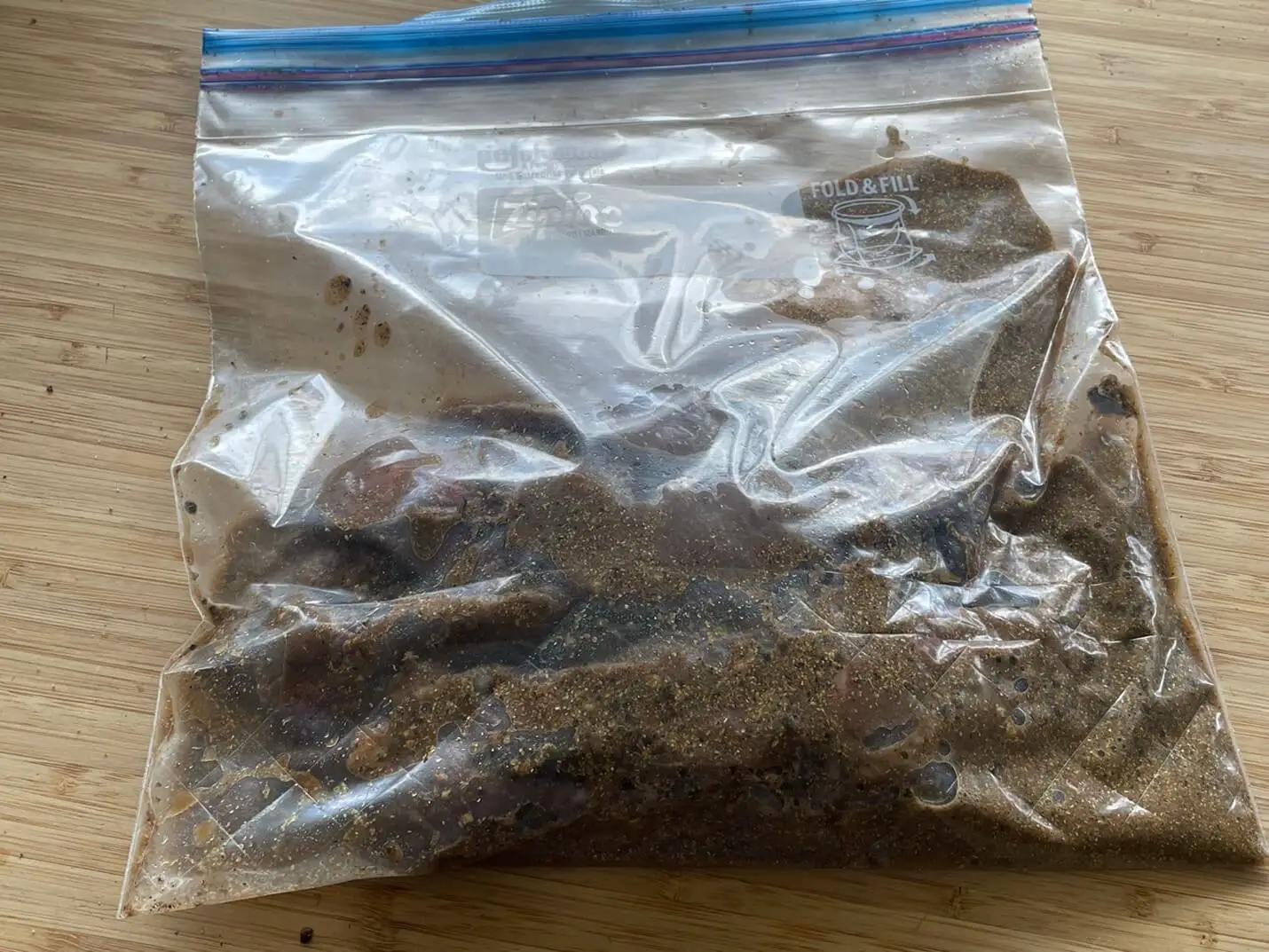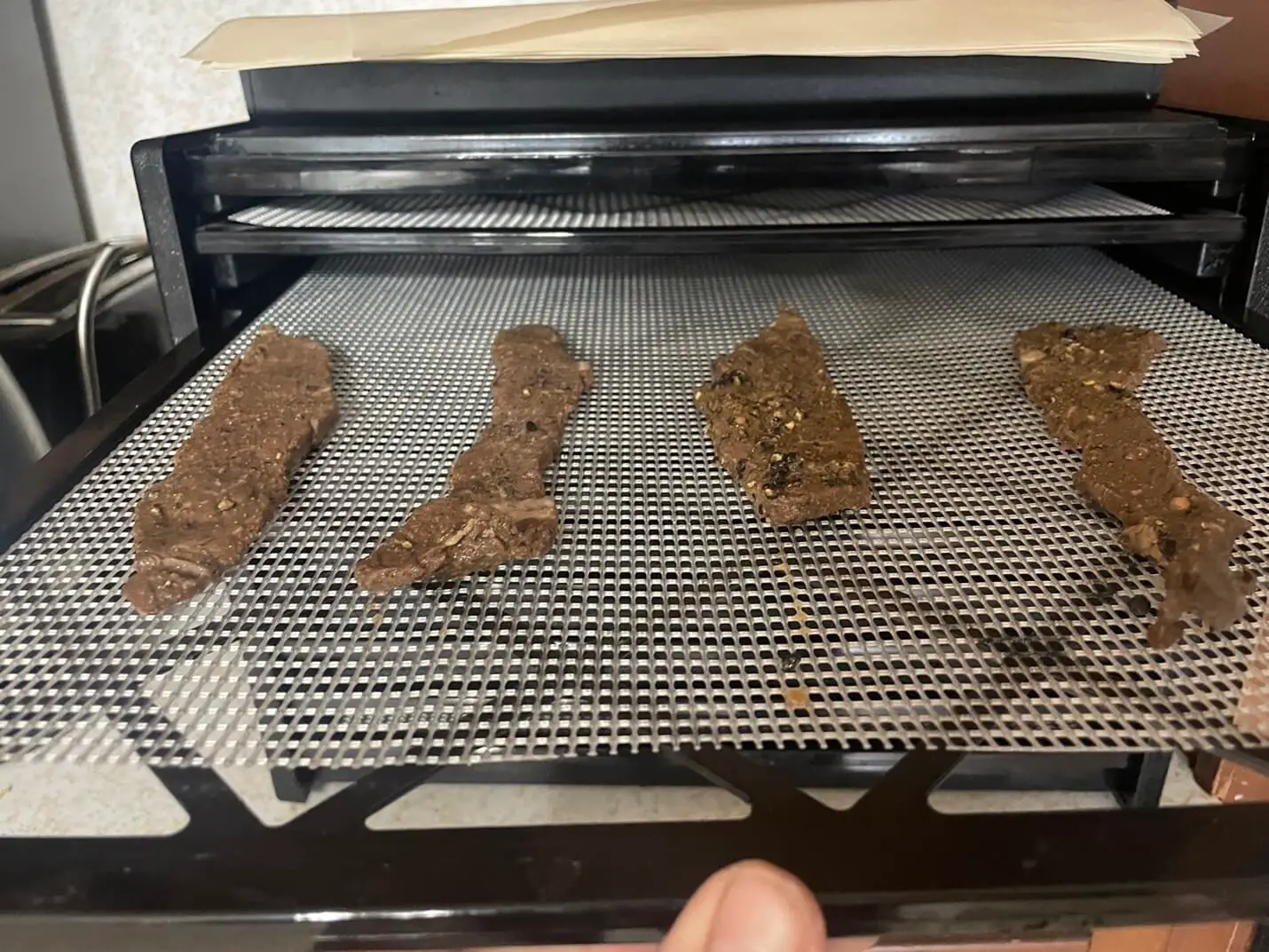The process of drying and curing meats has been around for centuries. It was critical for food storage before people had refrigerators and freezers. But even today, it’s still a tasty, nutritious snack that is easy to store and carry.
If you like beef jerky, you may want to try biltong, a close relative to the well-known, dried meat.
What Is Biltong?
Traditional biltong is a dried, cured meat that originated from South Africa. Typically, the meat is rubbed with salt and air-dried over the course of several days. It can be made from different types of meat, but most often, it’s made from beef.
What’s the Difference Between Biltong and Beef Jerky?
Beef jerky is also a salted and dried meat. Beef jerky is usually a very lean cut of beef with as little fat as possible since it doesn’t dry well. Biltong is generally a thicker cut of meat with different types of seasoning than beef jerky. And biltong uses vinegar, which makes it softer and more flavorful.
What’s In Biltong?
Basic biltong includes vinegar, salt, and coriander. Coriander is an important ingredient in biltong. It tastes and smells fantastic, but it isn’t just for flavor. The coriander helps to reduce the growth of bacteria during the drying process. While I used ground coriander, toasting and grinding your own is even more beneficial (and delicious).
Salt helps to remove moisture and preserve the meat, while vinegar helps to soften it and make it more flavorful. You can also add additional spices, such as chili flakes or fennel, if you want to change the flavor of your biltong.
Ingredients:
- 1 pound of meat
- 4 ounces Red Wine Vinegar
- 2 ounces Worcestershire sauce
- 3.5 ounces Salt
- 1 ounce Pepper Corn
- 2 ounces Coriander Seed

Directions:
1. Prepare your meat.
I purchased beef that was already sliced thin. However, you can purchase a roast and slice it yourself if you prefer. You’ll want to trim off the fat, gristle, and any of the silver skin. Cut it with the grain into slices that are about 2 cm thick.

2. Toast the coriander.
Ideally, you’ll have whole coriander. You can toast it lightly in a frying pan. It will smell amazing! Then, coarsely grind it and the peppercorn with a mortar and pestle or in a coffee grinder.

3. Lay your beef in a deep tray or casserole dish.
4. Mix together the Worcestershire sauce and red wine vinegar in a separate container, then pour it over your meat to cover it.
5. Mix the salt and spices in a separate bowl.
6. Use half of the mixture to coat your meat, then turn it over and coat the other side

7. Add all of the meat, spices, and liquids to a Ziplock bag.

8. Store it in your fridge and allow it to marinade for 24 to 48 hours. Make sure all of the meat is covered.
9. Remove the meat from the bag and weigh it on a kitchen scale, recording the weight.
I weighed mine altogether, but you can weigh your biltong pieces individually if you prefer.

10. Dry the meat.
Traditional biltong is air-cured in a warm, sunny area with temperatures between 70- and 80-degrees Fahrenheit for about five days. To do this, hang each piece of meat on a hook that has plenty of airflow around it.
However, since I live in a cooler climate, I decided to put my biltong in the dehydrator. This will make the meat take on a bit more of a beef jerky texture, but it will be close enough for my purposes.
I laid each piece of meat out separately with plenty of room around each piece so it would dry evenly.
Using a dehydrator will cure the meat faster – it only took about 12 hours for my meat to dehydrate.

11. Weight it again.
When the meat starts to look dry, you can weigh it to see if it’ i’s dry enough. My meat weighed in at around 55 to 60% weight loss, but if you want a dryer meat, you can go up to 70%. If it’s not there yet, just let it dry for longer.

12. Store it.
Once your meat is dry, you can store it in vacuum-sealed bags in your fridge or freezer.

Coriander is an important ingredient. It tastes and smells fantastic, but it isn’t just for flavor! The coriander helps to reduce the growth of bacteria during the drying process. Salt helps to remove moisture and preserve the meat.
You can add additional spices, such as chili flakes or fennel, if you want to change the flavor of your biltong.




